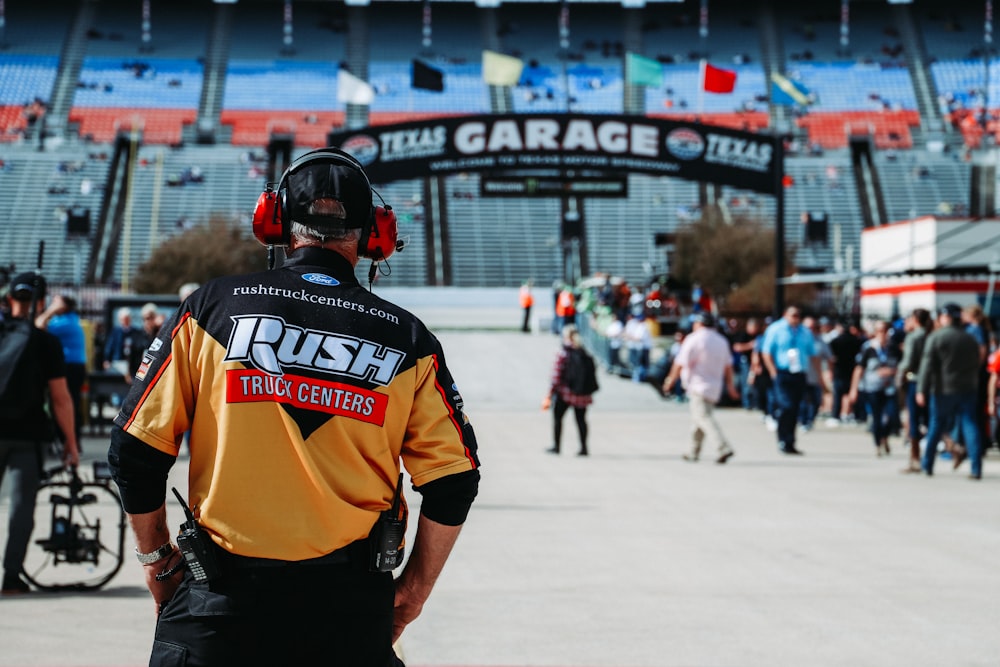Deciphering Mountain Peak Bike Prices
Understanding the Basics
When it comes to purchasing a mountain peak bike, understanding the basics of pricing is essential. Prices can vary widely depending on factors such as brand, materials, components, and overall quality. By gaining a solid understanding of these fundamentals, you can make informed decisions and find the best value for your budget.
Factors Affecting Prices
Several factors influence mountain peak bike prices. High-end brands often command premium prices due to their reputation for quality and performance. Additionally, bikes constructed from lightweight materials such as carbon fiber tend to be more expensive than those made from aluminum or steel. The level of components, including gears, suspension, and brakes, also plays a significant role in determining the final price tag.
Navigating Price Ranges
Mountain peak bike prices typically span a wide range, from budget-friendly options to premium models designed for professional riders. It’s important to assess your own needs and budget constraints before diving into the market. While it can be tempting to opt for the cheapest option available, investing in a higher-quality bike can pay off in the long run with improved performance, durability, and overall enjoyment.
Comparing Value vs. Cost
When evaluating mountain peak bike prices, it’s crucial to consider the value offered by each option rather than focusing solely on the upfront cost. A slightly higher-priced bike with superior components and construction may provide better value in terms of performance and longevity. Conversely, a lower-priced bike may save money initially but could require costly repairs or upgrades down the line.
Budget-Friendly Strategies
For those on a tight budget, there are several strategies for finding a mountain peak bike at an affordable price. Shopping during sales events or offseason clearances can yield significant savings, as can opting for previous model years or demo bikes. Additionally, considering used or refurbished bikes can provide access to higher-quality models at a fraction of the cost of new ones.
Tips for Negotiating
When purchasing a mountain peak bike from a retailer, don’t be afraid to negotiate for a better price or inquire about potential discounts or promotions. Many shops are willing to work with customers to reach a mutually beneficial agreement, especially if it means making a sale. Be polite, but firm, and don’t hesitate to walk away if you feel the price isn’t right.
Researching Reviews and Recommendations
Before making a final decision, take the time to research reviews and recommendations from other cyclists who have experience with the mountain peak bike models you’re considering. Online forums, review websites, and social media groups can be valuable resources for gathering insights and feedback from real-world users. Pay attention to common themes and issues mentioned in reviews to help inform your decision.
Testing and Trialing
Finally, whenever possible, try to test ride multiple mountain peak bike models before making a purchase. This hands-on experience can provide valuable insights into how each bike performs, handles, and feels on the trail. Look for opportunities to participate in demo events or rental programs offered by local bike shops to get a feel for different brands and models in real-world conditions.
Investing Wisely
In the end, purchasing a mountain peak bike is an investment in your enjoyment of the outdoors and your overall well-being. By taking the time to research, compare, and evaluate different options, you can find a bike that meets your needs, fits your budget, and provides years of riding enjoyment. So, don’t rush into a decision—take your time, weigh your options carefully, and choose wisely. Read more about mountain peak bike price









